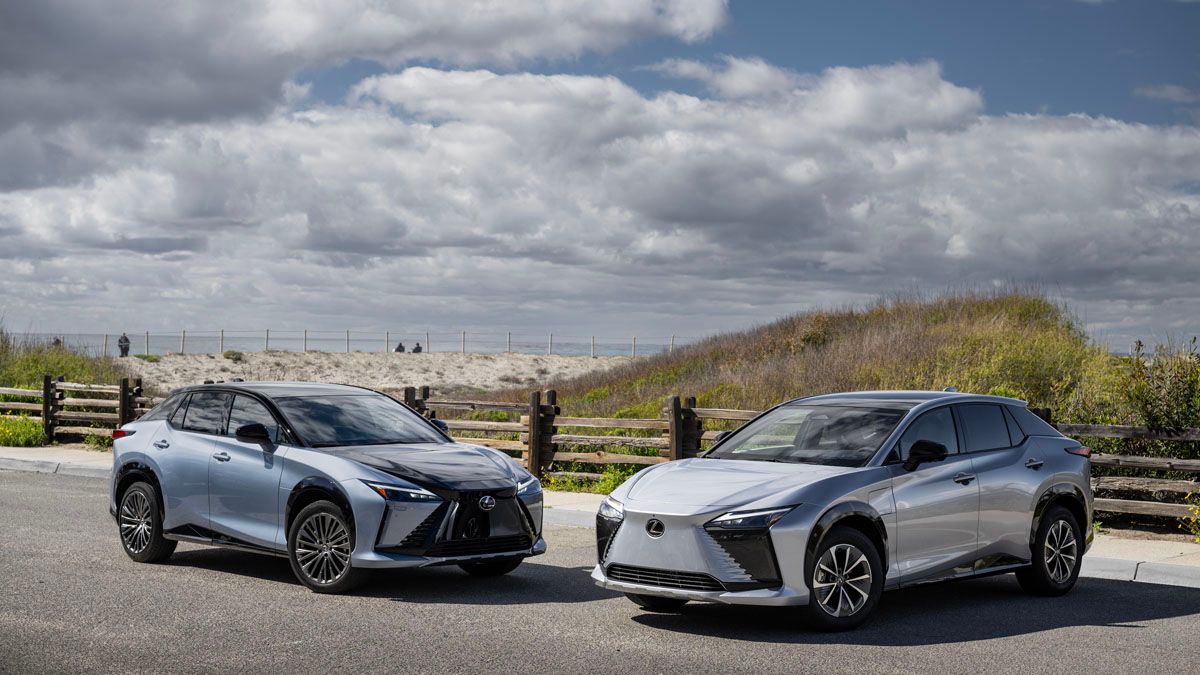
If you’ve already been considering making the switch to more sustainable motoring, chances are, there’s yet another decision that’s been a conundrum: hybrid (HEV) or electric vehicle (EV)?
It’s an understandable quandary. After all, under the EVIDA law, both receive similar benefits like number coding exemption. To better understand them, let’s go through how they work and both their benefits and drawbacks.
The terminology
Both hybrids and electric vehicles fall under the catch-all term: electrified vehicles (xEV) or new energy vehicles. They’re grouped this way because both have a battery and electric motor and use electric power (sometimes or all the time) to move the wheels. No matter how big or small the battery or electric motor, they’re considered an xEV. The xEV umbrella then splits off into different kinds of electrified vehicles.
Hybrid Electric Vehicle (HEV)
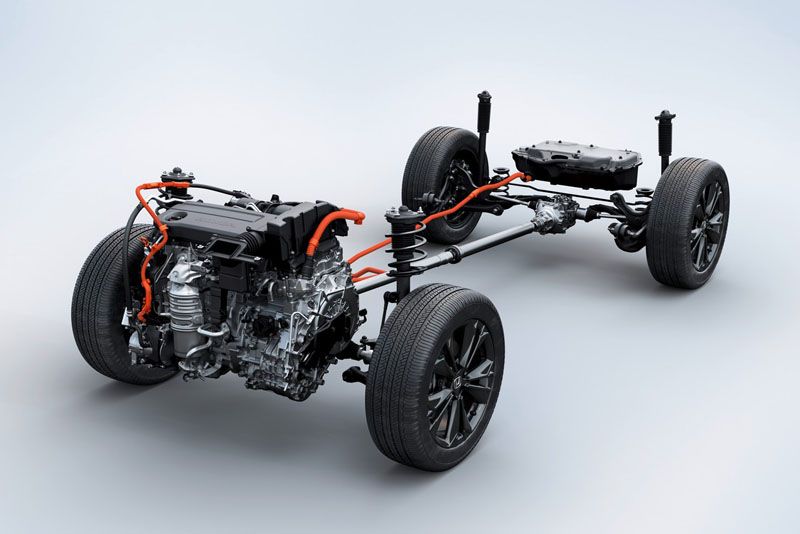
The first of which is the hybrid electric vehicle (HEV). Hybrids, as the name suggests, use a ‘hybrid’ combination of combustion and electric motors. The combustion engine is powered by gasoline while the electric motor is powered by a battery. Due to the need to have two power sources on board, it’s usually fitted with a smaller combustion engine than usual, and a smaller battery than a fully electric vehicle.
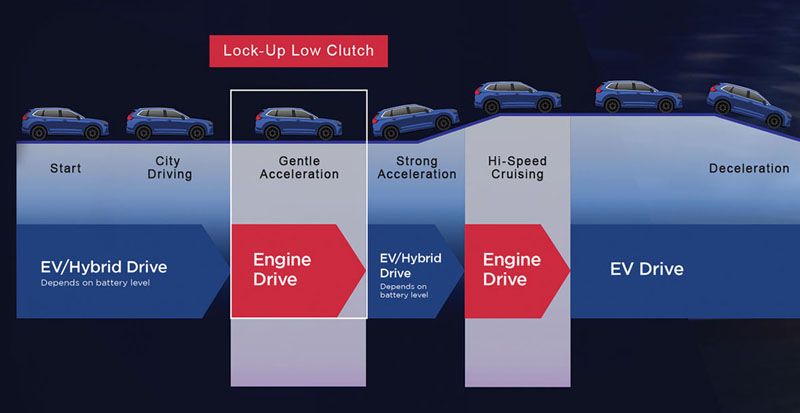
These two power sources can work in tandem or independently. The switch between fuel and electric usually happens automatically, however some allow you to switch to electric mode manually if there is enough charge in the battery. Hybrids can usually go farther than conventional cars thanks to the mix of both power sources. Of course, the only downside is the reduced cargo space due to the need for space for the batteries. There’s also the higher price (than conventional gas version) because they have two power sources. They also still produce emissions because of the engine. Nonetheless, they’re seen as the ideal choice for buyers looking into their first xEV since it still operates like a conventional vehicle. It also doesn’t suffer from range anxiety as the engine can take over when there is no more battery charge.
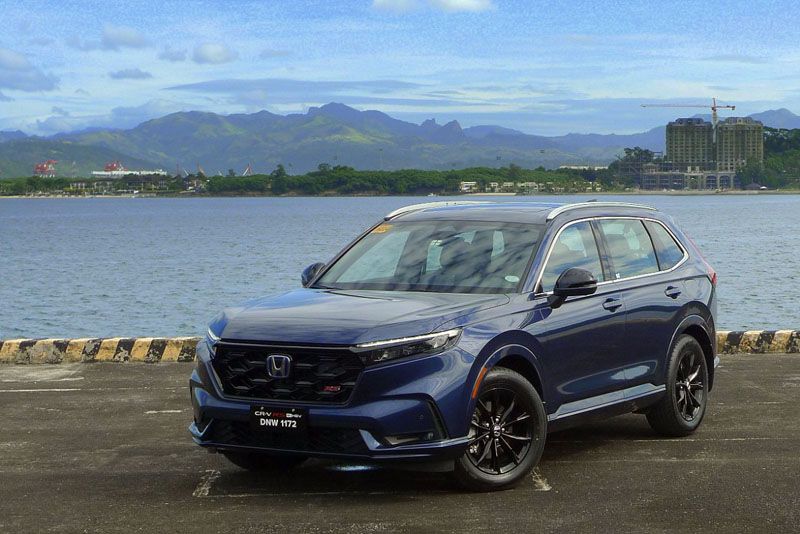
Plug-in Hybrid Electric Vehicle (PHEV) are basically hybrids with one key difference: the ability to plug-in the batteries and charge them. PHEVs can be plugged into a wall outlet or a charging station. This allows the driver to charge up the electric batteries and use their built-in electric vehicle mode without starting the combustion engine. The first few kilometers can be driven without emissions. The engine then takes over when the battery runs out. These are typically a little more expensive than HEVs due to the plug-in function.
Battery Electric Vehicle (BEV)

The other kind is the battery electric vehicle (BEV). These are fully-electric vehicles that run purely on battery power. There is no engine that can turn on when the battery runs out. However, these typically come with larger batteries to offer longer driving range. BEVs offer a wide variety of driving ranges from as little as 200 kilometers from a full charge to as much as 600 kilometers.
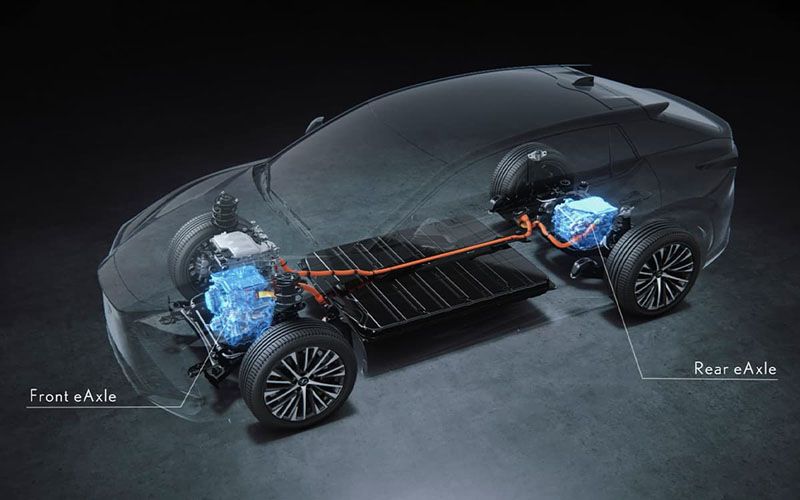
These vehicles are true zero-emission vehicles because they rely purely on electric power. Another added benefit is their completely silent operation because there’s no combustion that takes place. They can take on a variety of forms from a hatchback, to sedan, or even SUV.
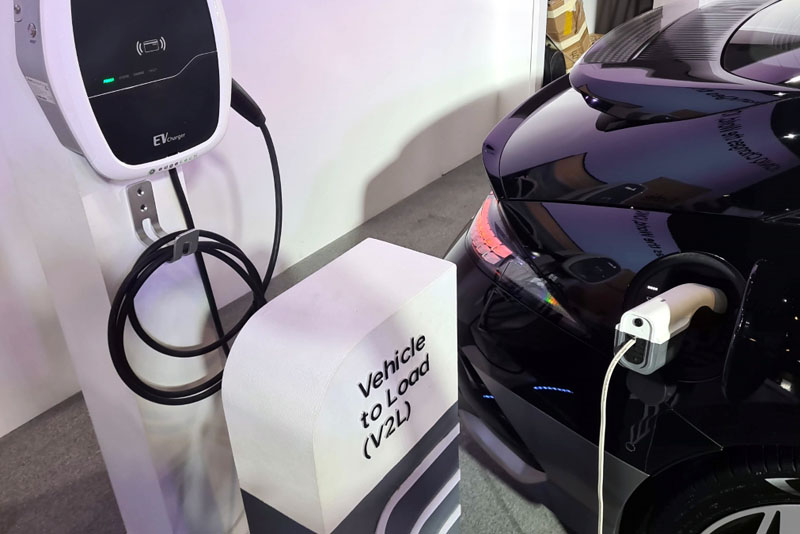
Because they’re purely electric, drivers have to carefully consider where they take these cars as, once the battery runs out, the car will be immobile. This is where the famous ‘range anxiety’ (the fear of running out of battery) comes in. As such, they need to plan out their route to include a home or public charging station to recharge the batteries. Nonetheless, with many more charging stations popping up, and newer models offering longer ranges, that is starting to become less of a worry.
Which to choose?

The choice of which xEV really depends on one’s driving habits. BEVs are best suited for city use due to the wide availability of charging stations. With most commutes being between 8 -14 kilometers, drivers will find they can actually go 4-7 days without having to recharge. Of course, BEVs are quite expensive due to their large batteries. However, with daily use, the cost will most likely be recovered quickly. After all, there's much less maintenance involved, compared to a gasoline car's regular oil change. In addition, the cost of power you need to run a kilometer is much lower than the cost of fuel you need to run a kilometer. In the coming years, you can expect more charging stations to be installed out of town, making long drives with your BEV more feasible.

HEVs are best for those with large families or those with longer commute distances. Many hybrids already come in SUV form, easily seating 5 – 7 people. Many of these come with an EV mode, allowing the driver to exclusively use the battery and electric motor while there’s power. The high clearance of SUVs also means they can take on some of the rougher roads found out of town. Because there’s a gasoline engine, battery range is not a problem because the engine can easily take over when it runs out. It also continues to charge the batteries as it runs. As an added bonus, trips out of town are still possible because they offer a driving range longer than conventional vehicles, offering better value with each fill up of the tank.
Whichever is chosen, the planet will most likely thank you as it means less carbon emitted without having to change the way you commute or travel.